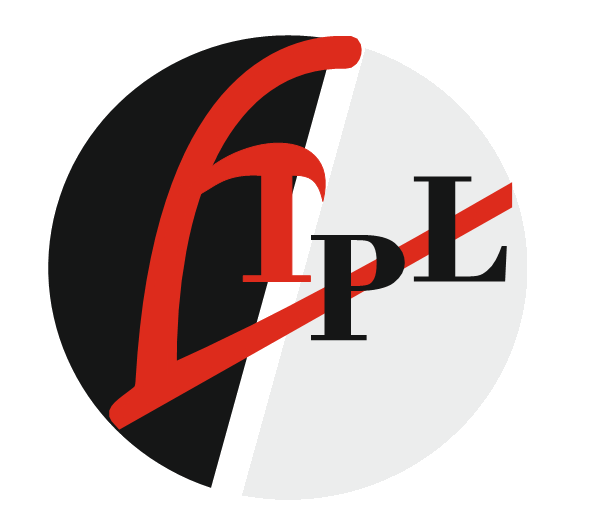
Please Wait...

Please Wait...
Quinine is a prescription drug used as an antimalarial drug indicated only for treatment of uncomplicated Plasmodium falciparum malaria. Quinine sulphate has been shown to be effective in geographical regions where resistance to chloroquine has been documented.
|
Each ml contains: - Quinine Dihydrochloride BP …300 mg Water for Injection BP … q.s |
Each Film coated tablet contains: Quinine Sulphate USP 300 mg
|
DOSAGE